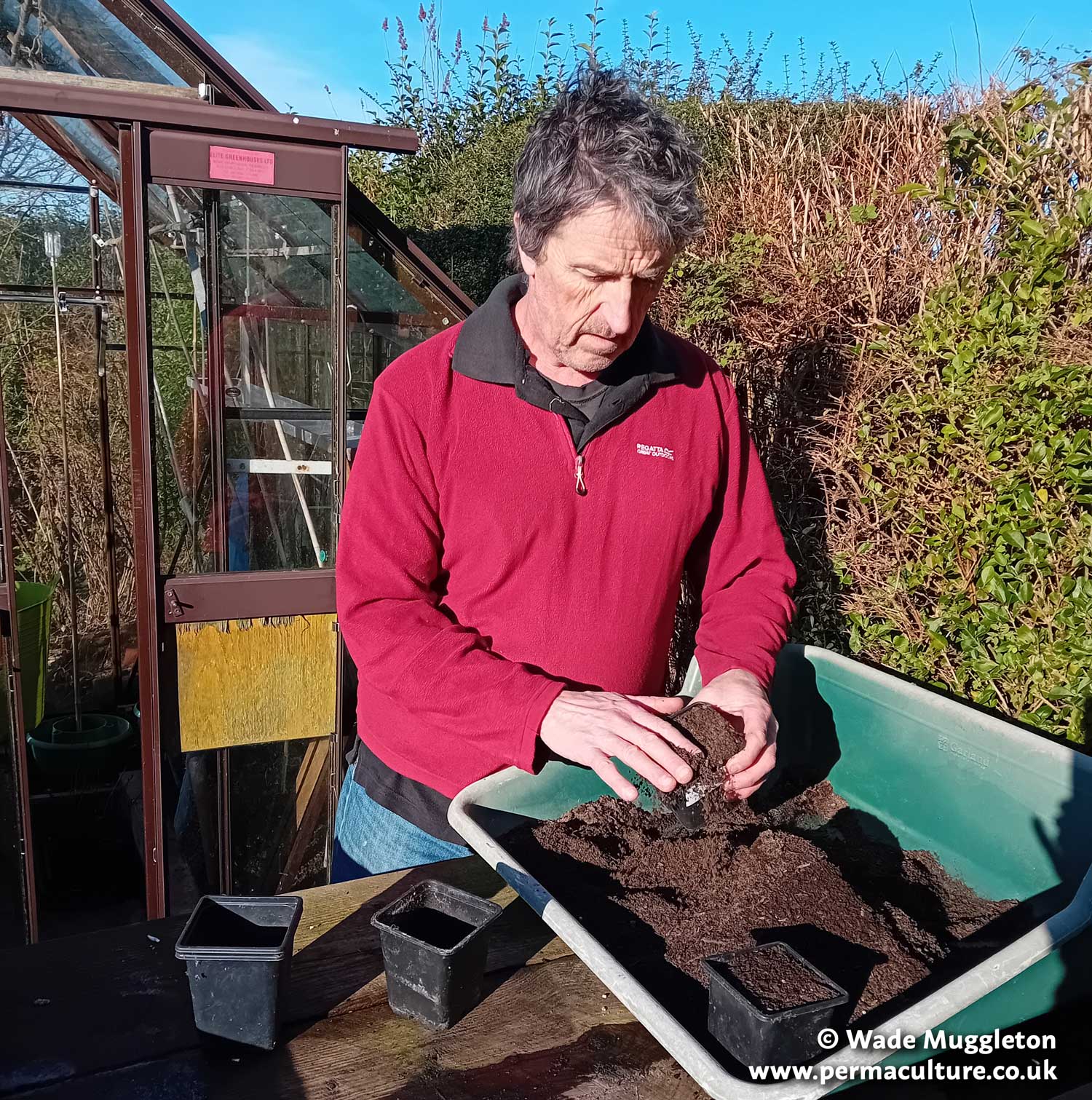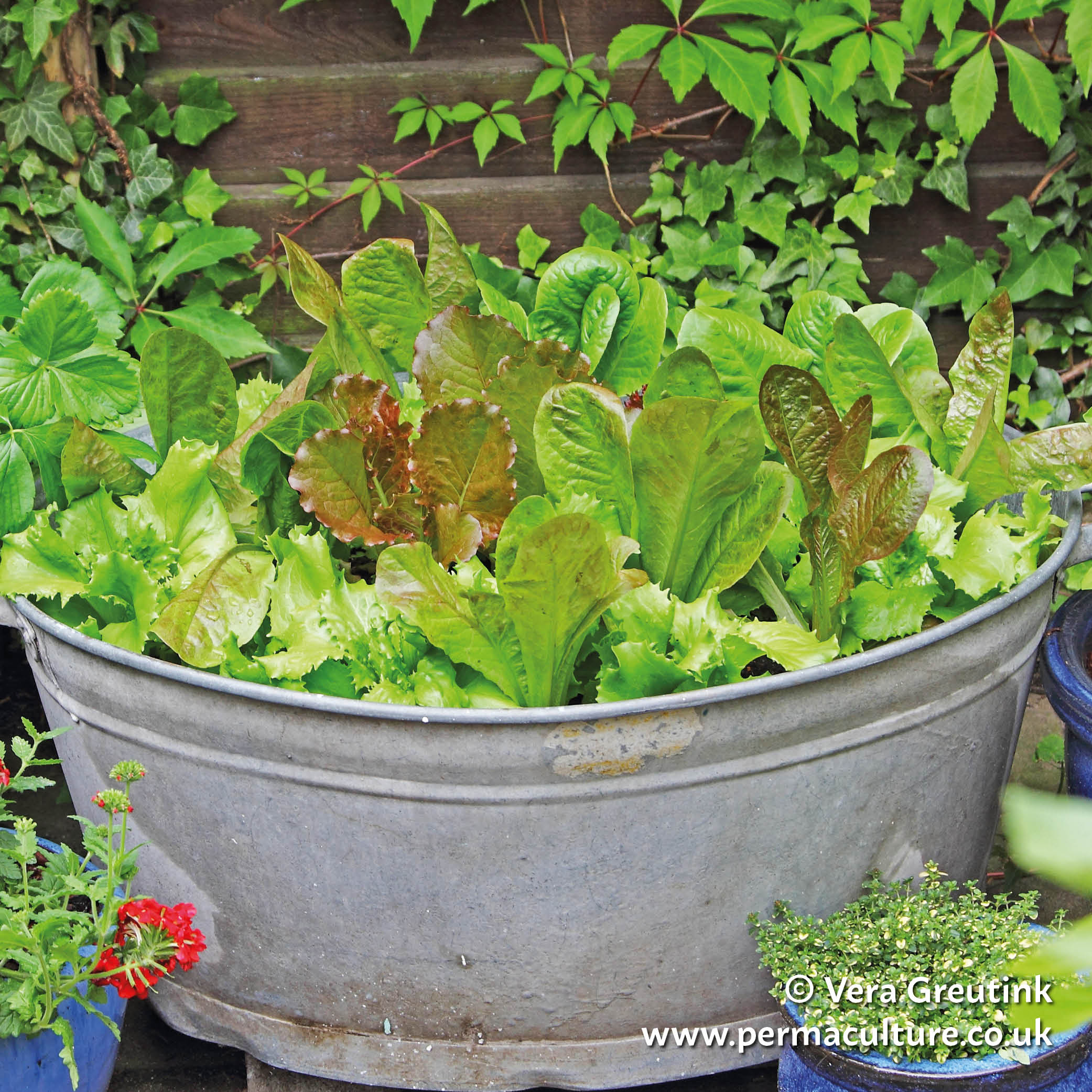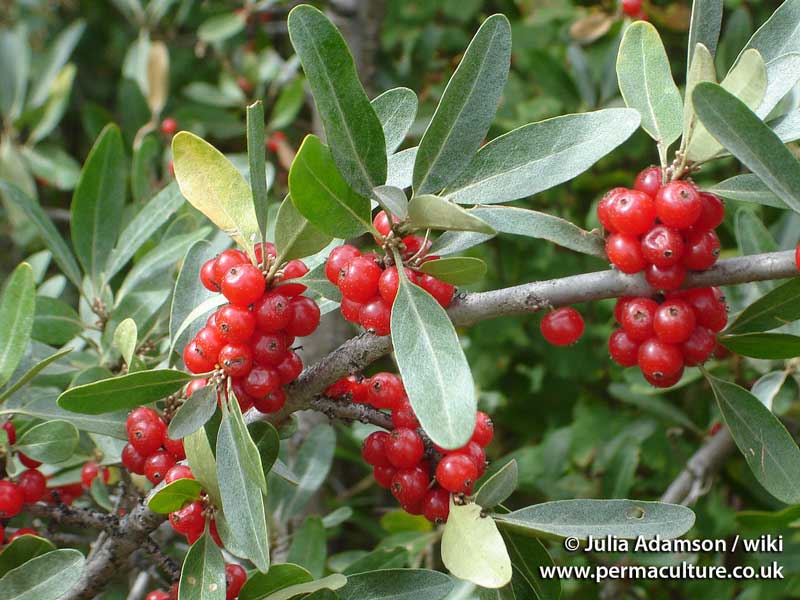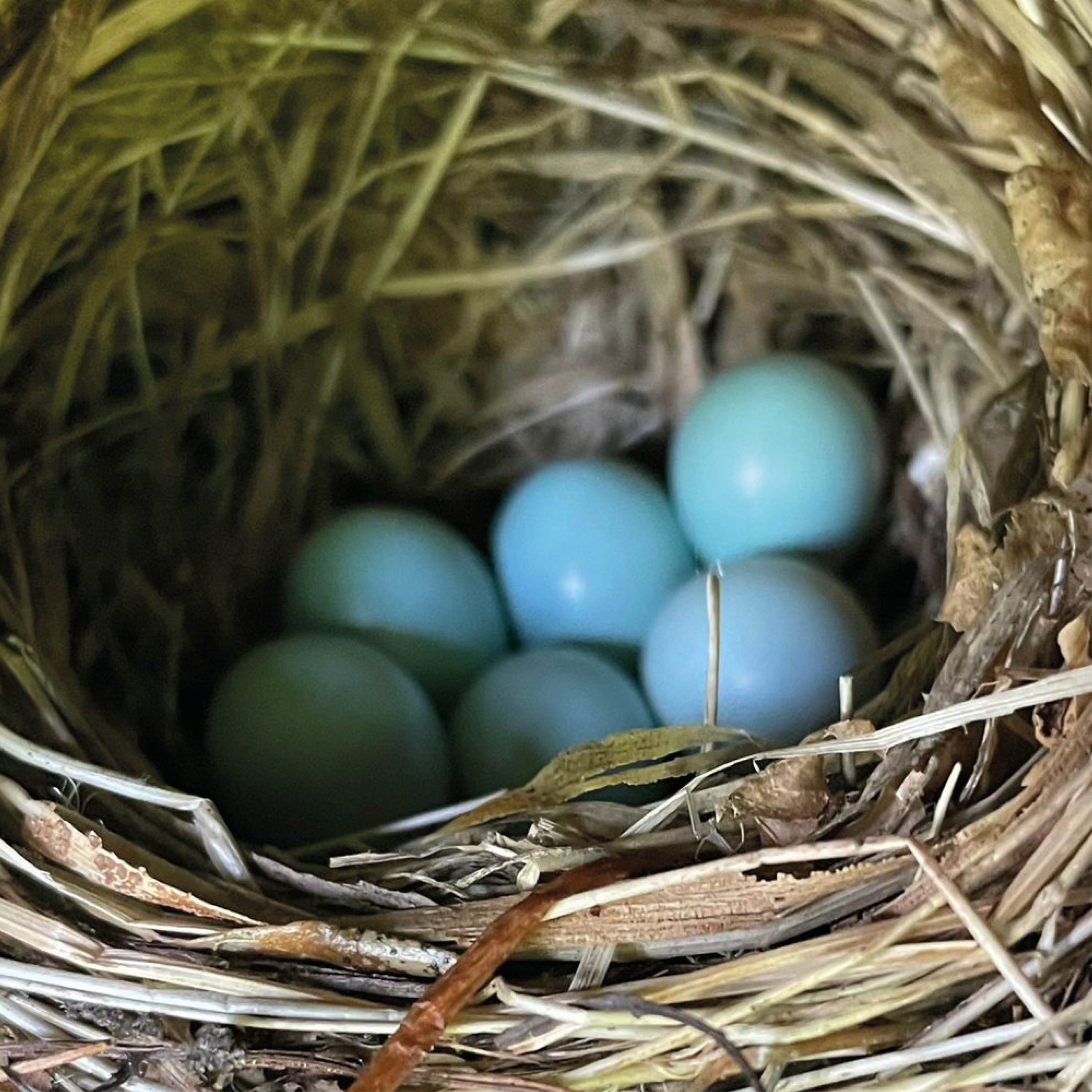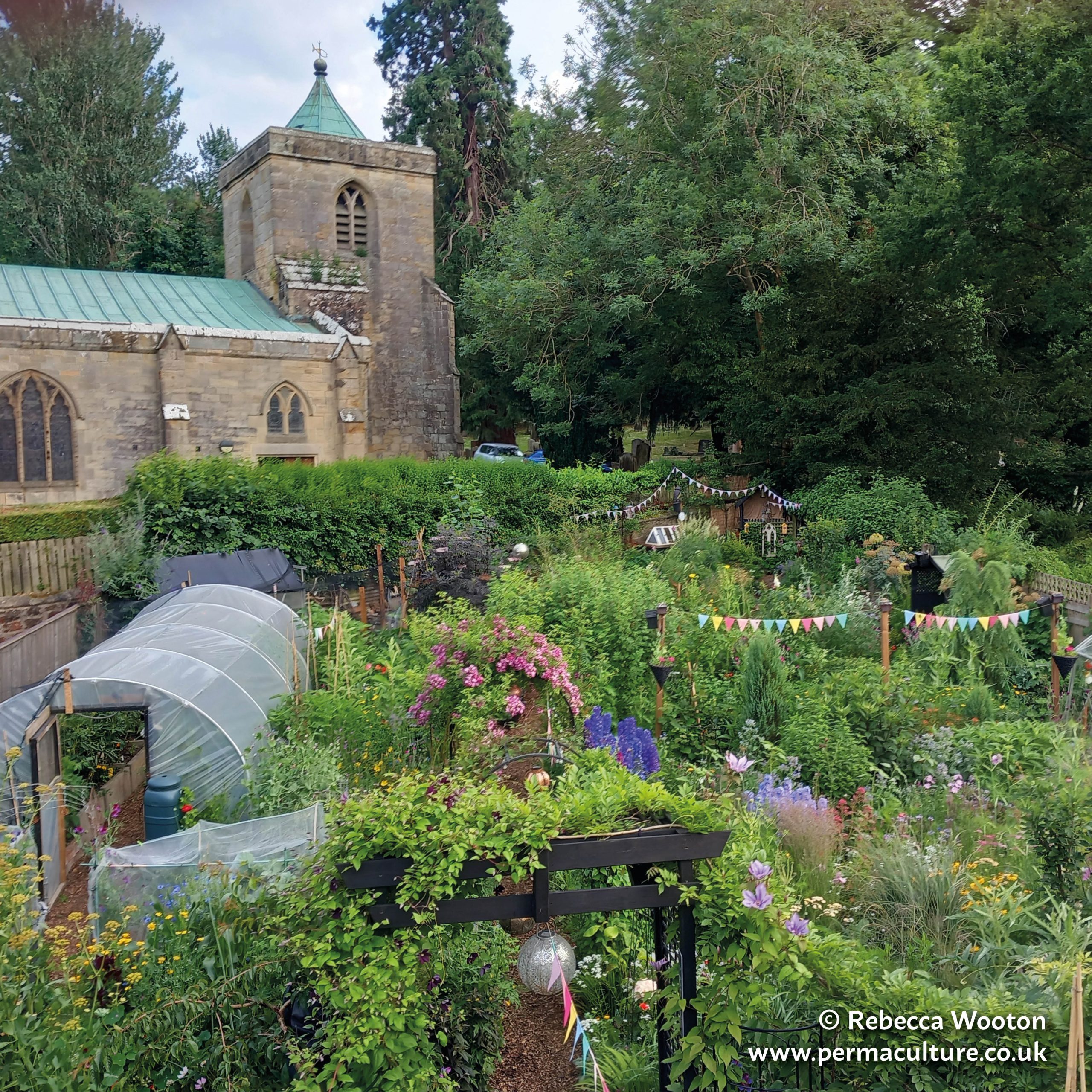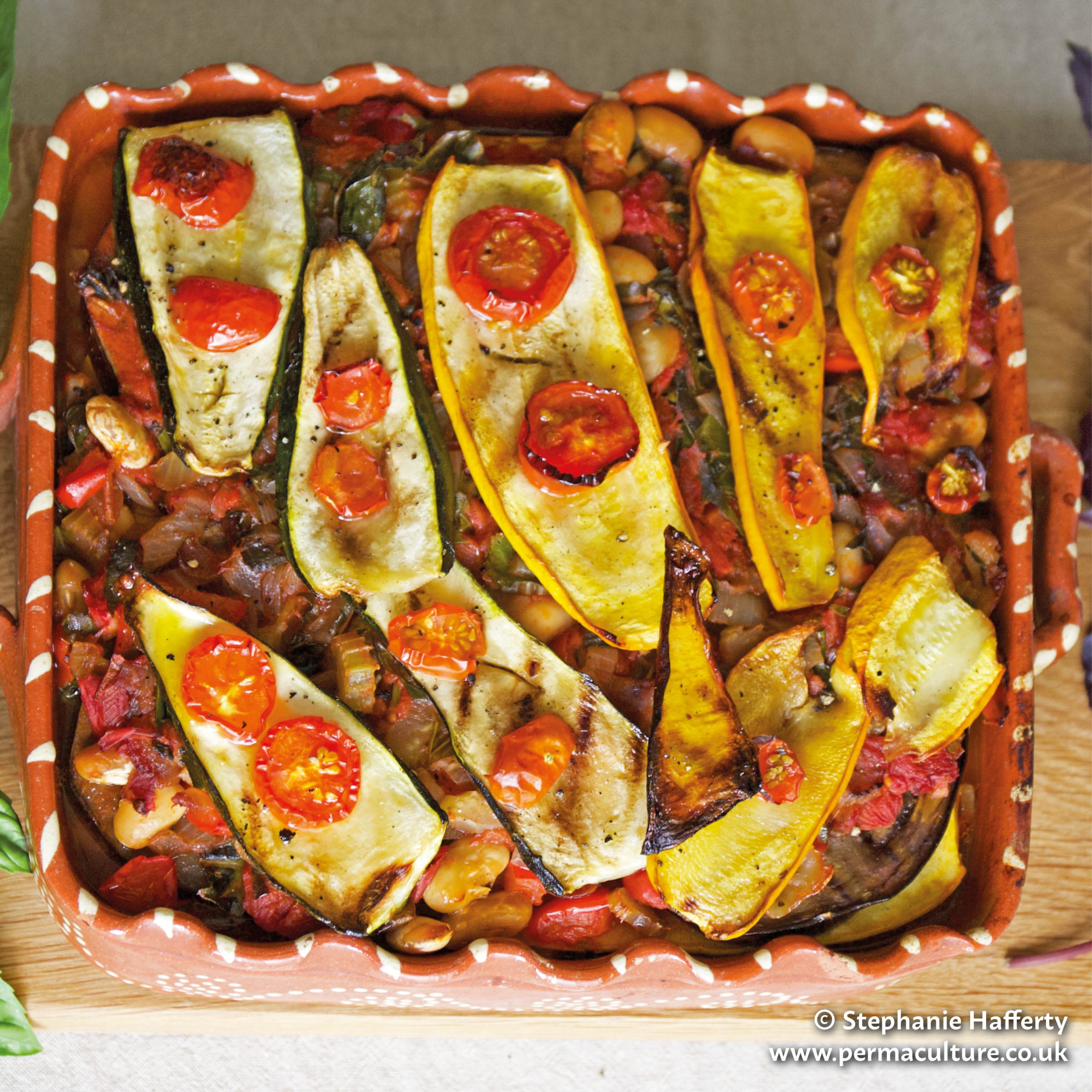There’s a bewildering range of varieties available. It may seem best just to go for something you’ve heard of, like Cox apple and Victoria plum, or just accept the meagre offering of the local garden centre. But these trees will last you a lifetime. Why not get the ones that will suit you and your garden perfectly. All you need is a good mail-order nursery catalogue and/or a good book. I recommend Keepers Nursery www.keepers-nursery.co.uk and Ben Pike’s Fruit Tree Handbook.
Plant what you and your family like to eat. Written descriptions are a help but there’s really no substitute for tasting them before choosing. Beware of shop-bought fruit. It will have been picked unripe and ripened off the tree and some varieties will never reach their full flavour like this. Try to find neighbours with trees of the varieties you’re interested in.
Most fruit trees can’t set fruit without being pollinated by another tree of the same species but a different variety. If you live in a village or an old suburb there will probably be enough fruit trees in other people’s gardens to provide pollination partners. But in a more isolated situation you have to plant two apple trees in order to get any apples.
There’s some difference between the different fruits:
You also need to make sure that your pollinating partners flower at the same time. The nursery catalogue will assign each variety to a pollination group, according to their relative flowering time. Varieties in the same group or an adjacent group will pollinate each other. Thus a tree in group 2 will pollinate one in group 1, 2 or 3 but not one in group 4.
It’s a good idea to choose varieties that have natural disease resistance, especially if you live towards the wetter west of the country or at high altitude, where fruit growing is marginal. In apples and pears, scab and canker are the most important diseases to watch out for in wetter regions, and mildew in drier ones.
In my previous article on choosing fruit, I praised the apple as the fruit that keeps over the longest eating season – late August to May – without any precautions other than placing them carefully in a garden shed. But to do that you need a mix of varieties. They divide up into:
Notice how the later ripening ones keep the longest. So, if you’re planting a lot of trees I recommend that you plant them in the ratio, 1 early: 2 mid-season: 4 late keepers. This will give you a constant supply. And if you only have space for one tree, make it a late-keeping apple.
If preserving ancient, local varieties is one of your aims in growing fruit, I wouldn’t want to discourage you. But if your main aim is to feed your family, heritage varieties may not be best. ‘Heritage’ means that most people don’t grow them any more and there’s probably a good reason for it. Often it’s taste or disease resistence. Modern varieties have been carefully selected for both these qualities by generations of plant breeders.
On the other hand, a variety that does well in your area is likely to do well for you. If you can, find out what other fruit growers locally are growing – and then taste the fruit. Also, don’t be afraid to break the rules. Kidd’s Orange Red is, in my opinion, the best tasting apple in the world but it’s also very susceptible to canker. Nonetheless I couldn’t resist planting one myself and, though it has got canker, year after year it has yielded abundant harvests of the most delicious fruit.
How to Make a Forest Garden
by Patrick Whitefield
The Orchard Book
by Wade Muggleton
Planting Fruit Trees – Part 1 – Which Fruit?
Patrick was an early pioneer of permaculture and teacher for many years.
